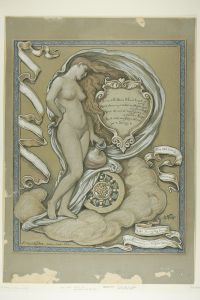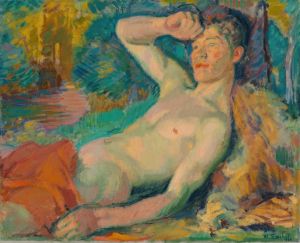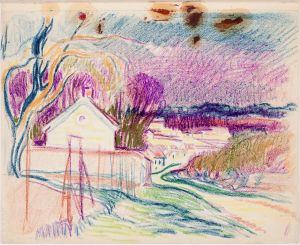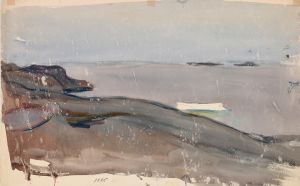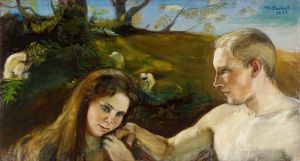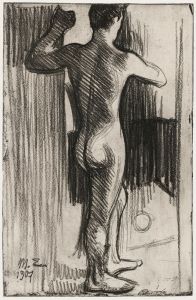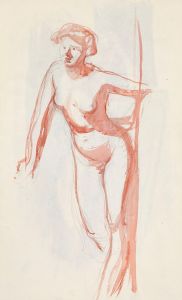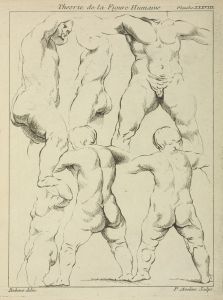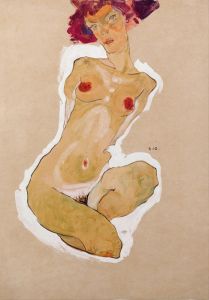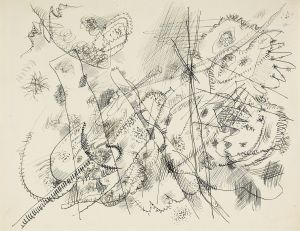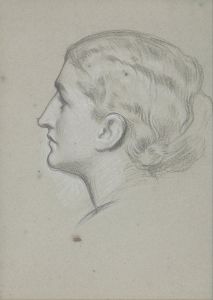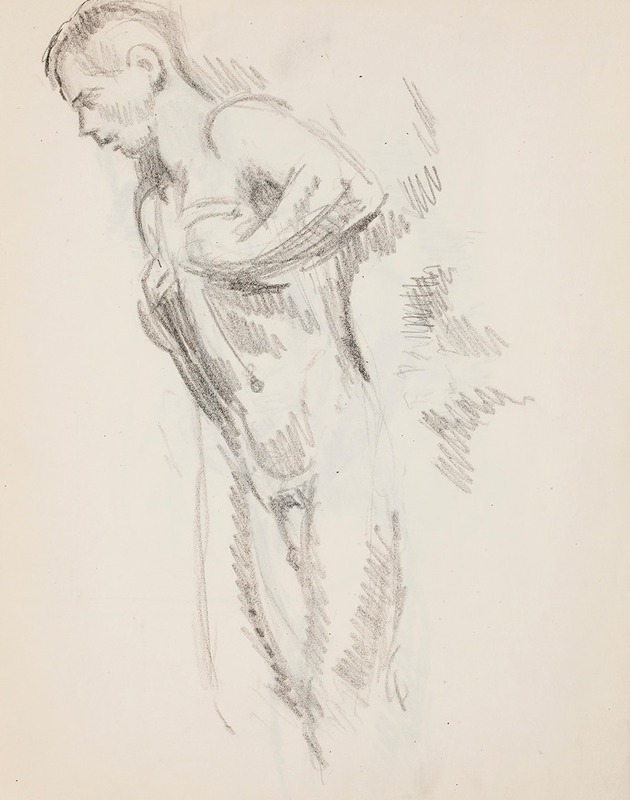
Selällään oleva alaston mies, luonnos
A hand-painted replica of Magnus Enckell’s masterpiece Selällään oleva alaston mies, luonnos, meticulously crafted by professional artists to capture the true essence of the original. Each piece is created with museum-quality canvas and rare mineral pigments, carefully painted by experienced artists with delicate brushstrokes and rich, layered colors to perfectly recreate the texture of the original artwork. Unlike machine-printed reproductions, this hand-painted version brings the painting to life, infused with the artist’s emotions and skill in every stroke. Whether for personal collection or home decoration, it instantly elevates the artistic atmosphere of any space.
Magnus Enckell was a Finnish symbolist painter, known for his significant contributions to Finnish art in the late 19th and early 20th centuries. One of his works, "Selällään oleva alaston mies, luonnos" (translated as "Reclining Nude Man, Sketch"), is a notable example of his exploration of the human form and his interest in symbolism.
Enckell was born on November 9, 1870, in Hamina, Finland. He studied at the Drawing School of the Finnish Art Society in Helsinki and later continued his studies in Paris, where he was influenced by the Symbolist movement. This movement was characterized by its emphasis on emotions, ideas, and the spiritual over the realistic depiction of the physical world. Enckell's time in Paris exposed him to various artistic styles and philosophies, which significantly influenced his work.
"Selällään oleva alaston mies, luonnos" is a sketch that reflects Enckell's interest in the human body and his skill in capturing its form and essence. The work is a study of a male nude, a subject that Enckell frequently explored throughout his career. This particular sketch is noted for its simplicity and the way it captures the relaxed posture of the reclining figure. Enckell's use of light and shadow in the sketch highlights the contours of the body, demonstrating his keen understanding of anatomy and his ability to convey a sense of tranquility and introspection.
Enckell's approach to the nude was often more about exploring the inner life and emotions of his subjects rather than focusing solely on their physical appearance. This aligns with the Symbolist movement's focus on conveying deeper meanings and emotions through art. His work often features a subdued color palette and a contemplative mood, inviting viewers to engage with the emotional and spiritual aspects of the human experience.
Throughout his career, Enckell's style evolved, and he became known for his ability to blend elements of Symbolism with more realistic depictions. His works often feature a harmonious balance between form and content, reflecting his belief in the power of art to express complex ideas and emotions.
Enckell's contributions to Finnish art were significant, and he played a key role in the development of modern art in Finland. He was a member of the Septem group, which was instrumental in introducing modernist ideas to Finnish art. His work continues to be celebrated for its emotional depth and technical skill.
"Selällään oleva alaston mies, luonnos" is a testament to Enckell's mastery of the human form and his ability to convey a sense of serenity and introspection through his art. While this particular sketch may not be as widely known as some of his other works, it remains an important part of his artistic legacy, illustrating his commitment to exploring the complexities of the human condition through his art.





